The exhibit of the Museum Center for Persecuted Arts at United Nations Headquarters New York is part of the events of The Holocaust and the United Nations Outreach Programme to commemorate the victims and survivors of the November Pogrom (9–10 November 1938).
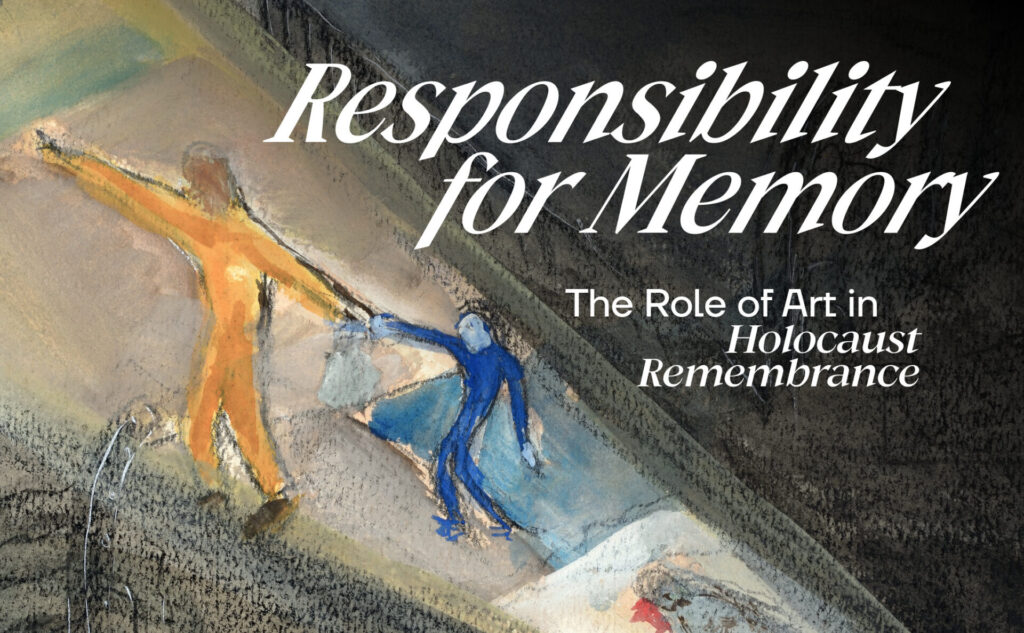
The exhibit highlights the importance of art for Holocaust remembrance today, through the work of three generations of artists who experienced the Holocaust and reacted to it through their art. Organized chronologically in seven sections, the exhibition revolves around artist and witness Yehuda Bacon, who was liberated from the camps at the age of 15.
Since the attack on Israel by the terrorist organization Hamas on October 7, 2023, in which over 1,400 Israeli civilians were cruelly murdered and more than 200 hostages were kidnapped into the Gaza Strip, including survivors of the Holocaust, the exhibition has become terribly topical. Our solidarity goes out to the people of Israel, especially our partners in Yad Vashem, the artists and their families, with whom we have established close contacts in recent years. Analogies to the National Socialist era are impossible if one wants to do justice to the complexity of the situation in the Middle East. What we can show, however, is how artists dealt with what they experienced back then and how it was possible to find access to each other again through art, to perceive the suffering of the victims, to recognize it and to take responsibility for the future together. With this exhibition, the Museum Center for Persecuted Arts, together with its partners from Poland, Israel and the United States, wants to take responsibility for remembering the past and make it visible to everyone at this special place in New York.
“What does it mean, hope? I knew exactly that like everyone, of course I will die in the end. But still I asked the people from the crematorium, ‘Please tell me your story, please explain to me what that is‘. And they said, ‘What do you need to know it, nobody will survive here, that’s clear‘. And I knew that they can burn my body, but in each of us is a part which existed before we were born and will never die.”
– Yehuda Bacon in a gallery talk at Yad Vashem, 2016
The display begins with German Jewish artists such Felix Nussbaum (1904–1944) who responded to the November pogroms of 1938 in his painting, foreseeing the destruction of European Jewry. The exhibition continues with artworks from the Theresienstadt ghetto.
Included are Karel Fleischmann (1897–1944) who gave Yehuda Bacon his first drawing lessons in the ghetto, and painter, poet and art teacher Peter Kien (1919–1944). Also exhibited are works created after 1945 by other artists, who like Bacon, were the only survivors of their families.
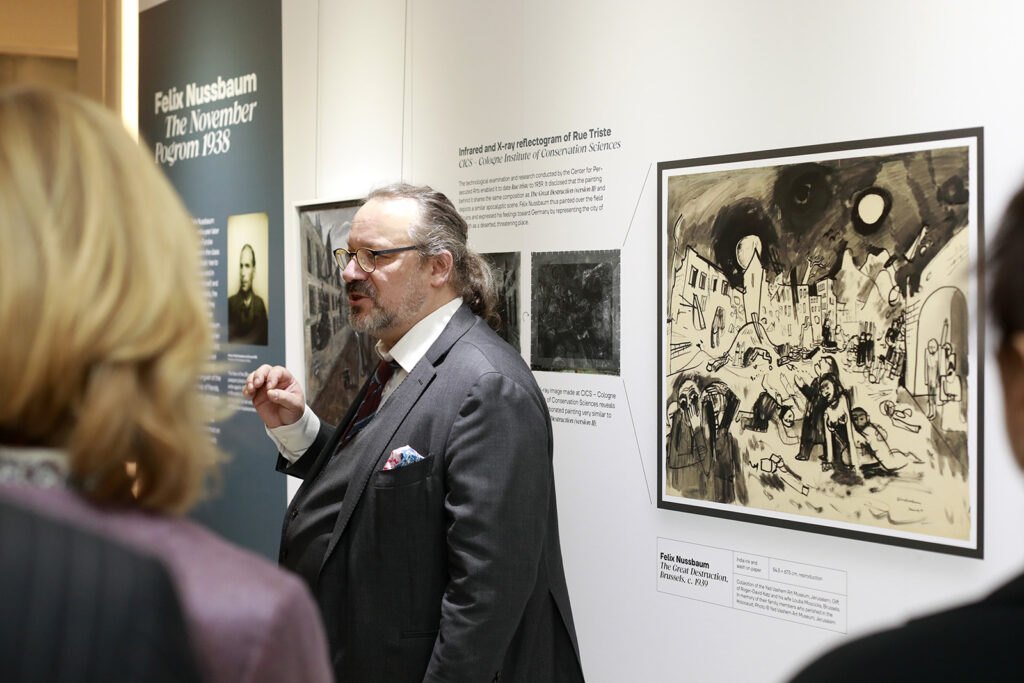
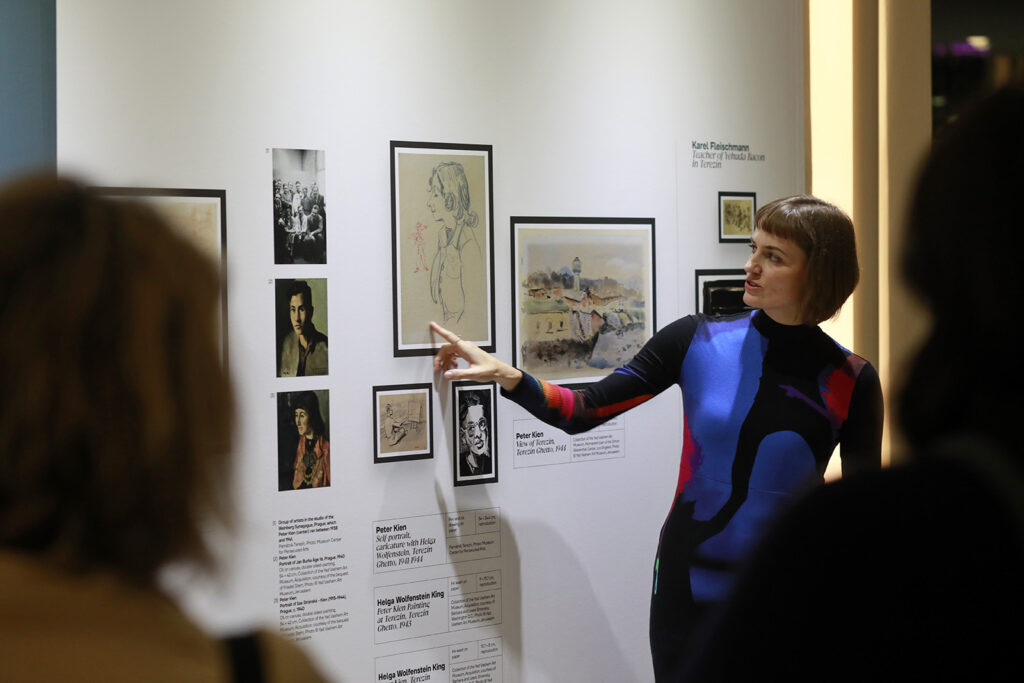
Immediately after 1945, the survivors of the Holocaust bore witness. This is represented by artworks by Jonasz Stern (1904–1988) and Boris Lurie (1924–2008) who, like Bacon, were the only survivors of their families and remembered their relatives and their murdered community. Two originals by the artist Jonasz Stern are provided by the MOCAK Museum of Contemporary Art Krakow, whose work was honoured with a solo exhibition at the Centre for Persecuted Arts in Solingen in 2017.
The main part focuses on Yehuda Bacon (born 1929 in Moravska Ostrava), from the drawings created immediately after his liberation recording his experiences in Auschwitz to the paintings reflecting his own mature style. In addition to his artistic career, Bacon kept his oath to testify to the world about the crimes of the Holocaust and served as witness in the Eichmann trial in Jerusalem in 1961 and at the Auschwitz trials in Frankfurt on Main in 1964. In parallel, Bacon taught art in Jerusalem for 35 years.
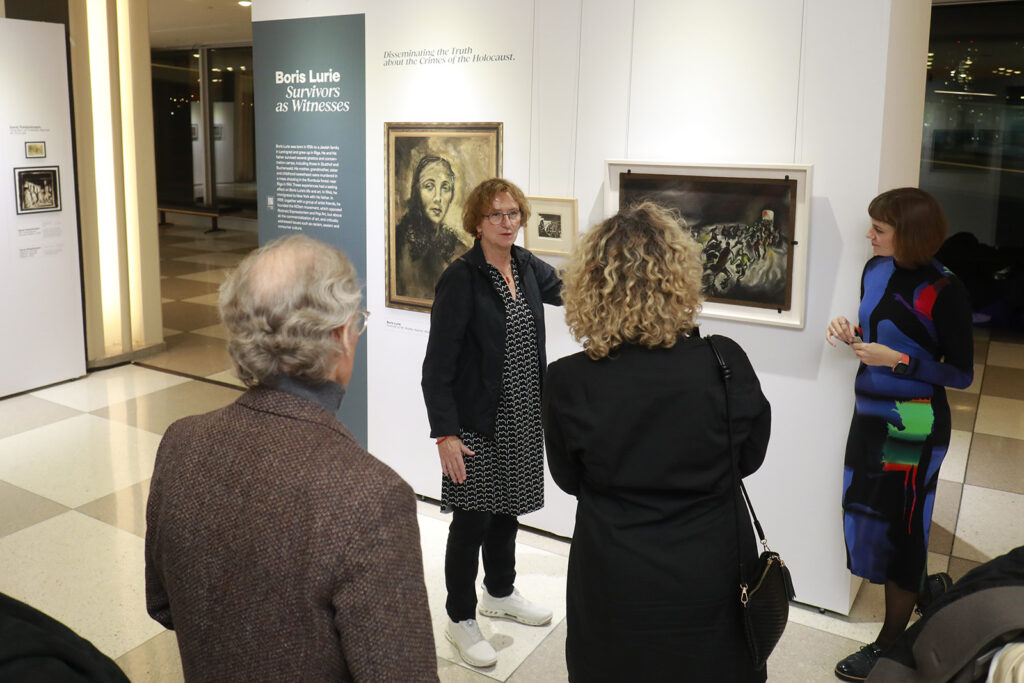
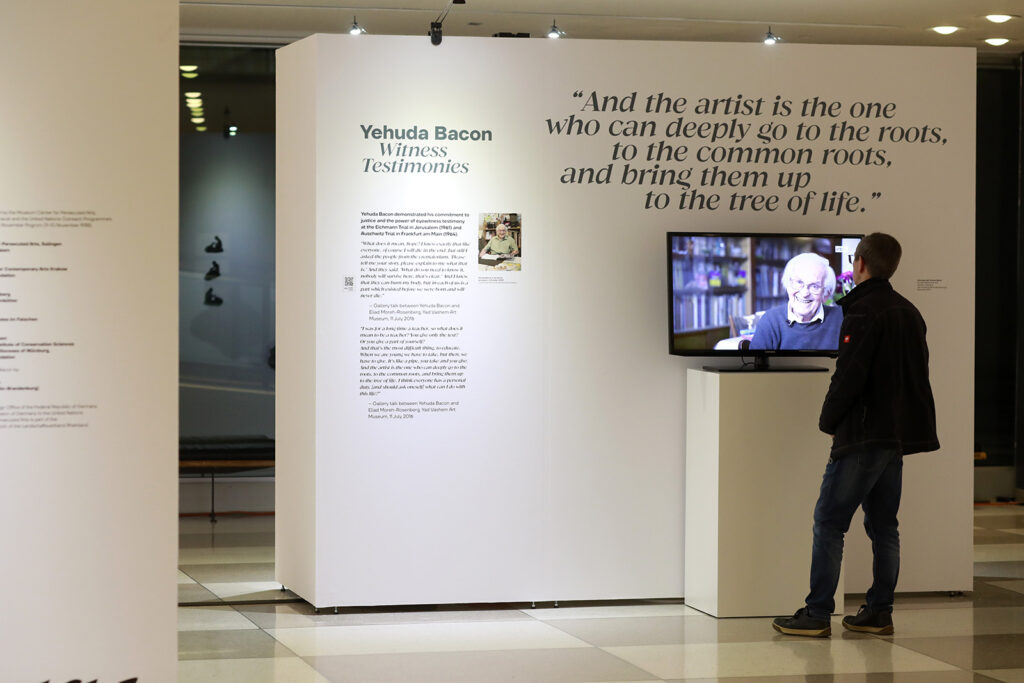
Sigalit Landau (born 1969 in Jerusalem) was taught at the art academy by Yehuda Bacon. The exhibition ends with this internationally acclaimed Israeli artist, daughter of a Holocaust survivor who refers to the Holocaust in a personal yet universal approach. Ultimately, the artistic thread connecting teachers to their students echoes the transmission of memory from the Holocaust victims and survivors to the following generations, emphasizing the power of the visual testimony in the commitment for Holocaust remembrance and our responsibility to keep it relevant.
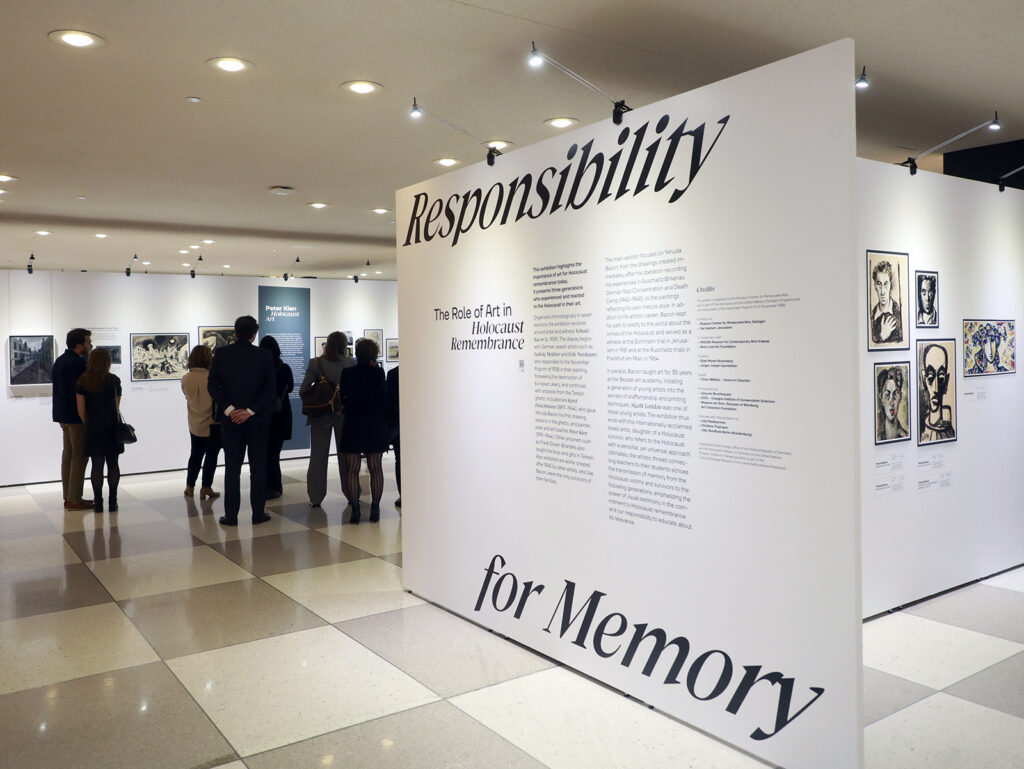
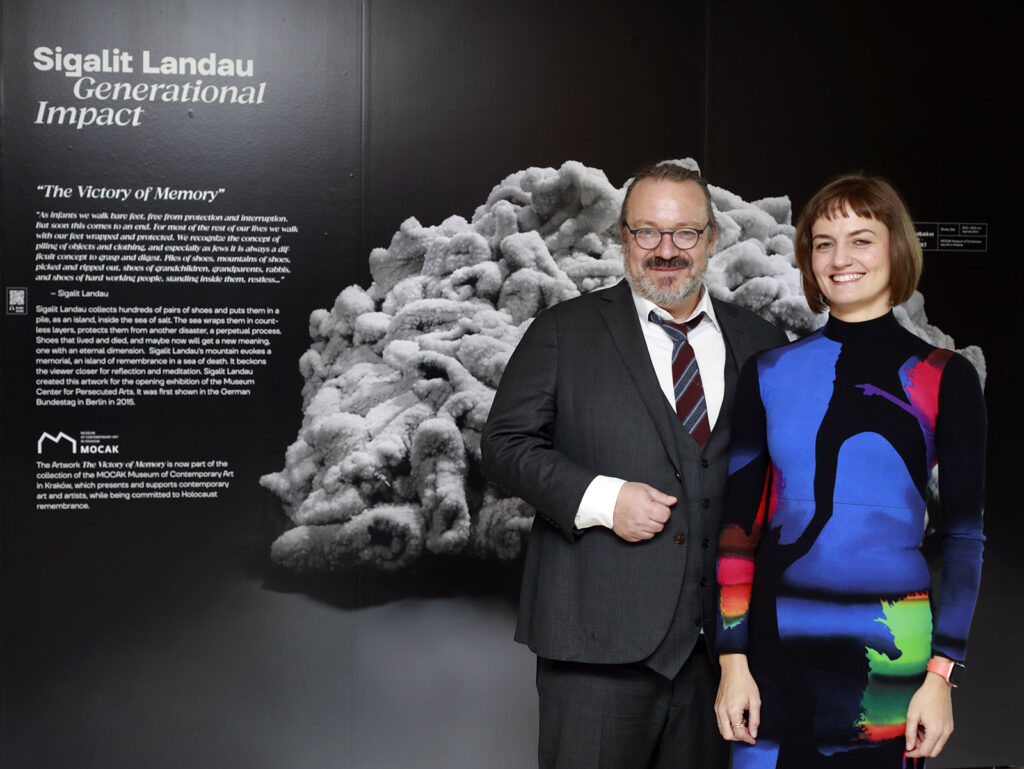
Credits
“Responsibility for Memory“: Exhibition of the Museum Zentrum für verfolgte Künste, Solingen with Yad Vashem, Jerusalem in cooperation with the MOCAK Museum of Contemporary Art, Krakow and the Boris Lurie Art Foundation, New York. The exhibition is part of The Holocaust and the United Nations Outreach Programme commemorating the November Pogrom (9–10 November 1938).
Artists: Felix Nussbaum, Ludwig Meidner, Karel Fleischmann, Peter Kien, Jonasz Stern, Boris Lurie, Yehuda Bacon, Sigalit Landau; originals, facsimiles and reproductions as well as photos from the holdings of the Bürgerstiftung für verfolgte Künste – Else Lasker-Schüler Zentrum – Kunstsammlung Gerhard Schneider.
Curators: Eliad Moreh-Rosenberg (Yad Vashem), Dr. Jürgen Joseph Kaumkötter (Centre for Persecuted Arts)
Design: Gutes im Falschen – Büro für politische Kommunikation
With kind support from the Foreign Office of the Federal Republic of Germany and the Permanent Mission of Germany to the United Nations.
Contacts: Tracey Petersen – petersen3@un.org – The Holocaust and the United Nations Outreach Programme
Online exhibition: un.org/en/exhibits/exhibit/responsibility-for-memory
